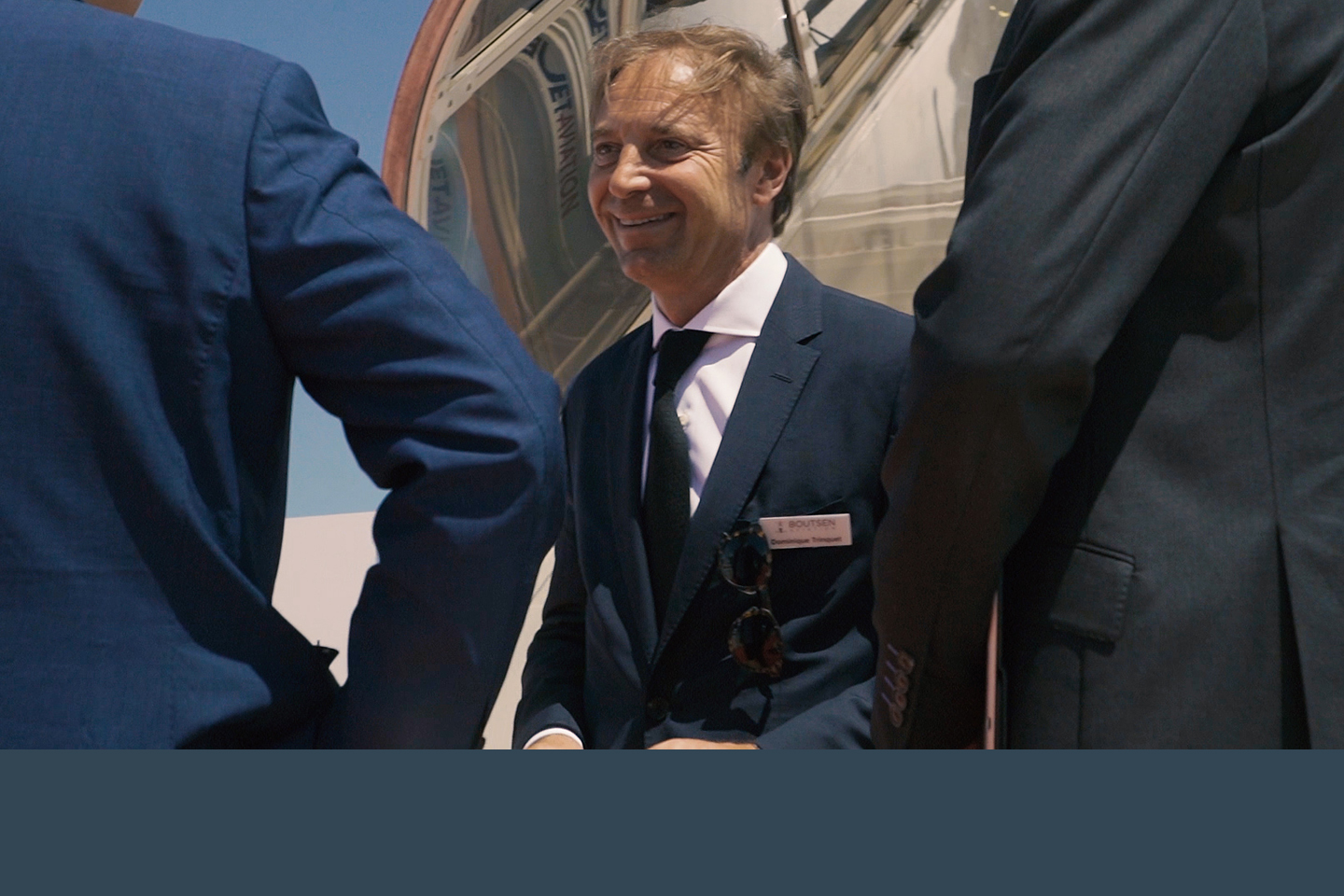
What You Need to Know about the Pre-Purchase Inspection (PPI)
The Pre-Purchase Inspection (PPI) is one of the most critical steps when beginning the buying process of a pre-owned aircraft. The PPI is an aircraft survey, or Due Diligence, which will allow the buyer to inspect the aircraft and verify its condition, its maintenance status and history, and to make sure it is in an acceptable condition. It is best to perform this inspection as early as possible in the transaction, generally just after the signature of the Aircraft Purchase Agreement (APA) for the APA determines the scope of the PPI. But what goes into this inspection? While you should leave the highly technical details to your broker and technicians, it is helpful to have a basic understanding of all the criteria of this important process...
Who Performs the PPI?
This depends on the size of the aircraft. If it is a light jet, helicopter, or turboprop, the PPI can be performed by an independent expert (generally a certified mechanic). For larger aircraft, the buyer will generally choose a maintenance facility which is approved by or belongs to the manufacturer. It is important to choose a “one stop shop” maintenance facility that can not only conduct the PPI, but can also make necessary repairs, perform any major maintenance, and process the Certificate of Airworthiness for Export. Particularly for large-cabin aircraft, we recommend hiring an expert who will remain on site with the maintenance facility during the entire PPI process, regardless if they are a buyer or a seller. This will ensure a total impartiality from the maintenance facility executing the work, protect the customer’s interest, and ease the decision making process once the PPI is finished.
Who is Responsible for the Costs of the PPI?
The PPI is performed at buyer’s expense, so keep this in mind for your budget plan. You can think of it as a kind of insurance, clarifying that you know exactly what you are buying.
How Long Does it Take to perform the PPI?
For helicopters, turboprops, and light jets, the average time is 1-5 days. For mid-size and large jets, it will take from 1 to 3 weeks. The aircraft ground time may, however, last three months or more if the PPI is combined with scheduled maintenance or if there are airworthy discrepancies requiring repairs.
What is Included in a PPI?
The most important element to inspect is the Airworthiness Condition, which simply confirms whether or not the aircraft is capable and safe to fly. The facility will verify its maintenance status, its due list, the tolerances in flight times, cycles and calendar limits, and its compliance to Operator’s maintenance protocol. The maintenance protocol is issued either by the OEM (Original Equipment Manufacturer), the responsible airworthiness manager, or the operator. In general, a younger aircraft will have a lighter survey with fewer issues, whereas an older aircraft will need a more detailed inspection. The workscope of the PPI will also depend on the aircraft’s position in its maintenance life (prior to the 6-8-10-year major checks, or after them). The buyer should keep in mind that, should the PPI reveal any airworthy items, these will be repaired at seller’s expense. In most transactions, the seller is obligated to deliver the aircraft in airworthy condition to the buyer. If there are additional items not affecting the airworthiness (cosmetics, etc.), these will be negotiated to determine whether the seller or the buyer will cover these costs.
The PPI facility will then perform a logbook review and a physical inspection of the aircraft. The logbooks retrace the maintenance history of the aircraft from its entry into service and will highlight any incidents, accidents, issues, and modifications. It is critical for the buyer to know and understand the history of his future aircraft to avoid complications and/or surprises after delivery. On the physical inspection, one of the most important elements to check is the Corrosion Status. Corrosion is simply rust on the metal parts. Since airplanes are made of aluminum, corrosion appears more as a grey or white dulling on the surface rather than traditional reddish color. Corrosion is invasive and, if not treated immediately, it can make an aircraft un-airworthy in a very short time.
Another important element in the PPI is the Engine's Situation against Foreign Object Damage (FOD). Foreign objects such as runway debris, bird collisions or any other element that comes in contact with the engine blades can be damaging and these damages must be carefully evaluated.
A well-executed PPI will ensure that the buyer has peace of mind and will become a happy owner!
